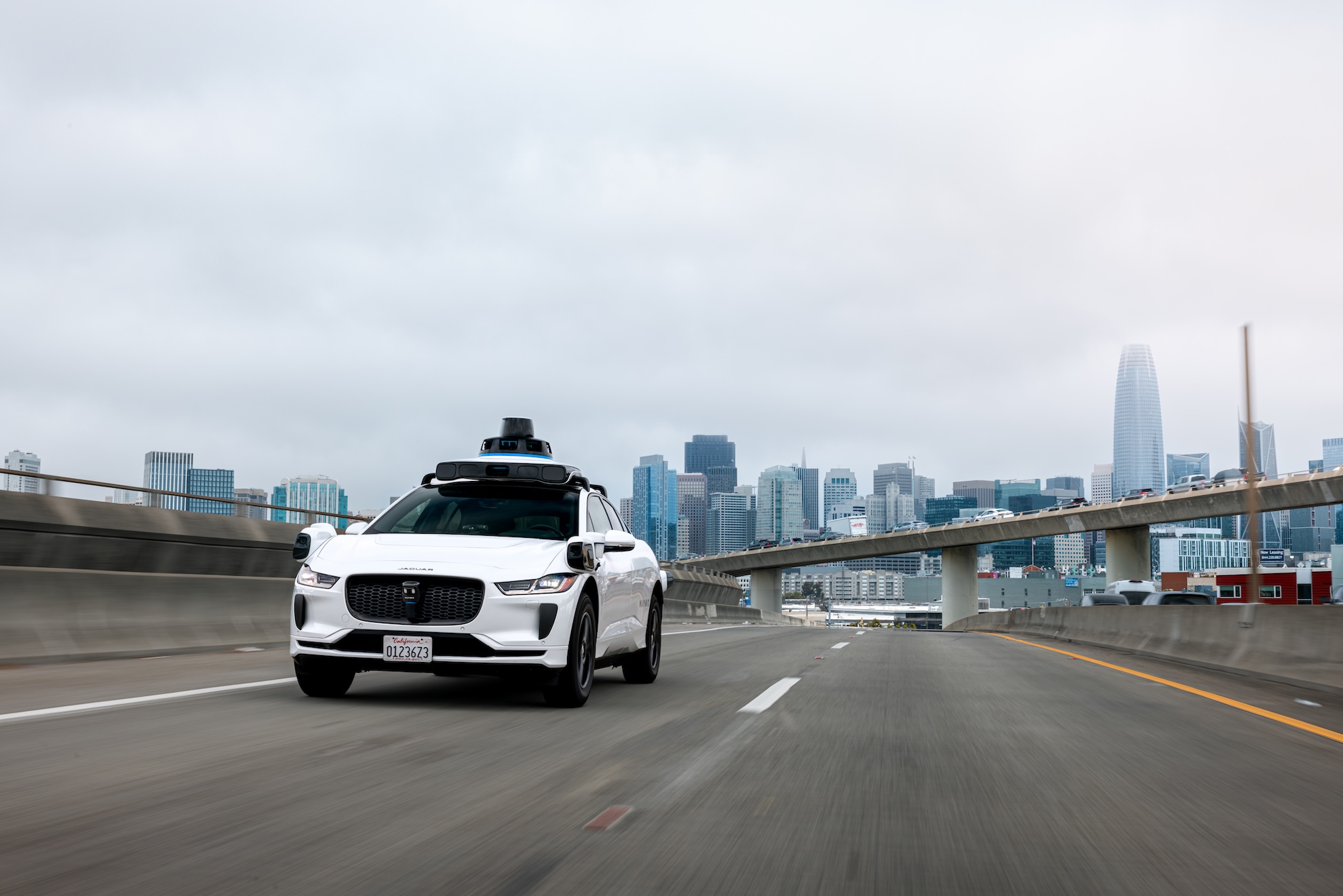
A recent incident involving a Waymo robotaxi and the tragic death of a beloved community cat has intensified public scrutiny and ignited a fervent debate over the presence and regulation of autonomous vehicles (AVs) in San Francisco. The demise of Kit Kat, a cherished feline resident of a Mission District bodega, on the evening of October 27, 2025, sparked an outpouring of grief and frustration, quickly transforming a local tragedy into a flashpoint for broader discussions about technological integration into urban life and the complex issue of accountability in a driverless world.
A Community in Mourning and Protest
The loss of Kit Kat, a familiar and comforting presence to many in the vibrant Mission District, resonated deeply within the neighborhood. In the immediate aftermath of the incident, locals spontaneously created a poignant memorial, adorning the site with flowers, candles, and heartfelt notes. This impromptu shrine became a focal point for collective mourning, underscoring the profound bond between urban residents and their community animals. Simultaneously, the area around the bodega became a canvas for public sentiment, with various signs appearing. Some voiced strong criticism of Waymo and the burgeoning robotaxi industry, questioning the safety and ethics of deploying driverless technology on city streets. Others offered a counter-narrative, highlighting the far greater number of fatalities and injuries caused by human-operated vehicles, suggesting a nuanced perspective on road safety. The incident thus quickly evolved beyond a simple accident, exposing the raw nerves of a community grappling with rapid technological change.
The Broader Context of Autonomous Vehicles in San Francisco
San Francisco has emerged as a crucial testing ground and early adopter market for autonomous vehicle technology, with companies like Waymo and Cruise extensively operating their robotaxi services across its diverse and challenging urban landscape. Waymo, a subsidiary of Alphabet Inc., traces its origins back to the Google self-driving car project, initiated in 2009. Over the past decade and a half, the company has accumulated millions of miles of real-world driving experience, developing sophisticated AI and sensor systems designed to navigate complex traffic scenarios, diverse weather conditions, and unpredictable urban environments.
The deployment of these vehicles, however, has not been without controversy. While proponents tout the potential for increased safety, reduced traffic congestion, and improved accessibility, critics have consistently raised concerns about safety incidents, the impact on emergency services, and the ethical implications of delegating driving decisions to algorithms. Prior to Kit Kat’s death, San Francisco had already witnessed numerous minor incidents involving AVs, ranging from vehicles unexpectedly stopping in traffic to occasionally impeding emergency responders. These events, though often minor, have contributed to a simmering public skepticism and fueled calls for greater oversight and transparency from both local residents and city officials. The urban environment of San Francisco, characterized by its steep hills, narrow streets, dense pedestrian traffic, and unique microclimates, presents an exceptionally complex operational challenge for even the most advanced autonomous systems, further amplifying public anxieties when incidents occur.
Regulatory Crossroads: State vs. Local Control
The regulatory framework governing autonomous vehicles in California has been a persistent point of contention, particularly between state-level authorities and local municipalities. The California Public Utilities Commission (CPUC) and the Department of Motor Vehicles (DMV) have largely held the authority to permit and oversee the testing and commercial deployment of AVs. This centralized control has often clashed with the desires of cities like San Francisco, which argue for more local autonomy in regulating technologies that directly impact their infrastructure, public safety, and quality of life.
Supervisor Jackie Fielder, representing the Mission District on the San Francisco Board of Supervisors, has been a vocal proponent for increased local control. She leveraged the Kit Kat incident to underscore the need for a proposed city resolution that seeks to empower local voters to decide whether driverless cars should operate within their neighborhoods. Fielder’s stance reflects a broader sentiment among some city leaders and residents who feel sidelined by state decisions that greenlight AV expansion without sufficient local input or the ability to address unique community concerns. This ongoing struggle highlights a fundamental tension in governance: how to balance statewide technological innovation and economic growth with the specific needs and safety concerns of individual communities. The incident with Kit Kat provided tangible evidence, in the eyes of many, of the direct consequences of this regulatory imbalance, adding emotional weight to a long-standing bureaucratic debate.
The Challenge of Accountability in a Driverless World
A central theme emerging from the Kit Kat incident is the profound challenge of accountability in the context of autonomous vehicles. Supervisor Fielder eloquently articulated this concern, noting the stark contrast between incidents involving human drivers and those involving AVs. In her public statements, she emphasized that a human driver, even in a hit-and-run scenario, can theoretically be identified, pursued by law enforcement, and held legally responsible. The human element allows for an emotional response, an apology, and a clear path for legal recourse.
In the case of a robotaxi, however, the concept of accountability becomes far more nebulous. When a vehicle operates autonomously, there is no immediate human driver to interact with, to confront, or to assign direct culpability to in the traditional sense. This lack of a visible, tangible party to hold responsible can be deeply unsettling for the public, fostering a sense of helplessness and frustration. While Waymo, as a corporate entity, ultimately bears responsibility for its fleet, the interaction is mediated by layers of technology, legal teams, and public relations statements. The company’s official response, describing the event as a situation where a cat "darted under our vehicle as it was pulling away" and offering "deepest sympathies," adheres to standard corporate protocol but may not fully address the emotional need for direct accountability felt by a grieving community. This disconnect between the impersonal nature of corporate responsibility and the personal impact of such incidents underscores a critical ethical and legal dilemma that society is only beginning to fully confront as autonomous technology becomes more pervasive.
Public Perception and the Future of Robotaxis
The incident involving Kit Kat is more than just a local tragedy; it serves as a powerful microcosm of the ongoing societal negotiation with advanced technology. Public perception of autonomous vehicles is a complex tapestry woven from a blend of fascination, hope, skepticism, and fear. Events like this, particularly when they involve a beloved animal, can disproportionately impact public trust, even if statistical data suggests AVs might be safer than human drivers over time. The emotional resonance of a single, highly publicized incident can outweigh countless miles of incident-free operation in the minds of many.
The autonomous vehicle industry faces an immense challenge in building and maintaining public confidence. Beyond technical safety, companies like Waymo must navigate the intricate landscape of social acceptance, addressing not just the quantifiable risks but also the qualitative anxieties and ethical concerns of the communities they serve. This includes transparent communication, proactive engagement with local stakeholders, and a clear framework for addressing incidents and providing redress. The cultural impact of a "bodega cat" extends beyond its individual life; it symbolizes the fabric of a neighborhood, and its loss at the hands of an impersonal machine amplifies fears about the dehumanizing aspects of technology. The future expansion and success of robotaxi services will hinge not only on their technological prowess but also on their ability to integrate seamlessly and ethically into the existing social and cultural ecosystems of urban centers.
Beyond the Incident: Ethical and Social Implications
The death of Kit Kat forces a deeper examination of the ethical implications inherent in the deployment of artificial intelligence in public spaces. How are autonomous systems programmed to prioritize and react in unpredictable situations? What are the algorithms designed to detect, identify, and avoid? While the technology is constantly evolving, questions about edge cases—unusual, rare, or unforeseen scenarios—remain paramount. An animal darting into the path of a vehicle, whether human-driven or autonomous, is one such complex scenario. The incident highlights the need for robust ethical guidelines and transparency in the development and deployment of AV software, ensuring that these systems are not only technically proficient but also socially responsible.
Furthermore, the social impact of AVs extends to employment, urban planning, and the very character of city life. As driverless technology matures, it raises questions about the future of traditional taxi and ride-share drivers, the potential redesign of urban infrastructure to accommodate AVs, and how these vehicles will reshape our relationship with transportation. The emotional outcry over Kit Kat underscores a broader sentiment: technology, no matter how advanced, must serve humanity and integrate respectfully into existing communities, rather than imposing itself without consideration for local values and relationships. The incident in San Francisco is a poignant reminder that technological progress must be balanced with a deep understanding of human and community needs, fostering a dialogue that extends beyond engineering labs to include policymakers, ethicists, and the everyday citizens who will live with these innovations.
Looking Ahead
The debate sparked by Kit Kat’s death in San Francisco is far from over. It will likely continue to inform local and state legislative efforts regarding autonomous vehicle regulation, pushing for greater accountability, transparency, and local control. For Waymo and the broader AV industry, this incident serves as a critical lesson in public relations and community engagement. Beyond technical specifications and safety statistics, the human (and animal) element of urban life carries significant weight. As robotaxis become an increasingly common sight on city streets, their long-term success will ultimately depend on their ability to earn not just regulatory approval, but the genuine trust and acceptance of the communities they aim to serve. The memory of Kit Kat, the Mission District’s beloved bodega cat, will undoubtedly persist as a symbol in this ongoing negotiation between innovation and community well-being.




